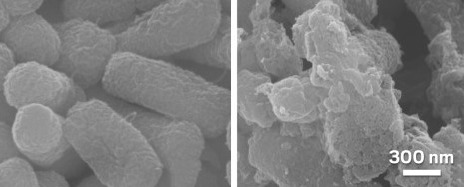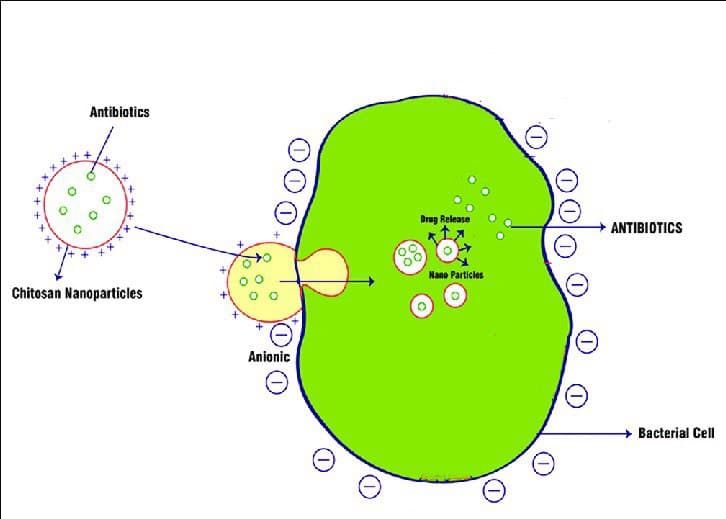About 1 in every 160 children globally has autism spectrum disorder. Most of them face developmental delays such as behavioral challenges and difficulties with social interaction. This makes learning new skills a serious challenge for them, especially in traditional schools.
It has been reported that socially assistive robots can help autistic children learn, but only if the robot can accurately interpret their behavior and react appropriately. In 2020, researchers at the University of Southern California developed a personalized learning robot called Kiwi for children with autism.

Kiwi, a personalized learning robot for autistic children. Source: kcet.org
Kiwi Teaching Math and Social Skills
Kiwi uses math games and an algorithm that monitors the child’s math performance to provide appropriate feedback and change the games’ level of difficulty accordingly.
While the content of the game focuses on math, the main purpose is to teach the kids fundamental social skills through their interactions with the robot, such as turn-taking (is it my turn or Kiwi’s turn to talk?) and eye contact (should I look at Kiwi when I’m talking?). Kiwi also uses data such as dialogue and eye contact to predict whether children are engaged in a given activity. If it detects that the child is not engaged, it tries to re-engage them for an extended period of time. When tested, Kiwi managed to reach a 90% accuracy in predicting the child’s engagement.
Collecting Data from a Realistic Environment
The study is based on the information collected after leaving Kiwi with 17 autistic children for a month in their homes. Participants regularly played the games on Kiwi’s attached tablet. The robot would then give personalized feedback through a reinforcement-learning algorithm. This algorithm enables Kiwi to elicit the best possible feedback by modifying its response based on each child’s reaction in the same way as the study’s lead author describes:
“If you think of a real learning environment, the teacher is going to learn things about the child, and the child will learn things from them. It’s a bidirectional process and that doesn’t happen with current robotic systems. This study aims to make robots smarter by understanding the child’s behavior and responding to it in real-time.”
The following video shows the robot, its interaction with an autistic child, and the researchers’ insights about it:

Source: NSF|YouTube
Surprising Results
Assessments were conducted for each participant before and after the month-long interventions. The results surpassed the researchers’ expectations of participants’ improvement. At the end of the study, 100% of the participants demonstrated improved math skills; 92% of them also improved in social skills.
Despite having promising results, such interventions are typically inaccessible to most people due to their high costs. The hope is that in the future, such socially assistive robots become affordable and turn into personalized therapeutic companions for all autistic children to improve their development.
I’ll leave you with the following short film telling the story of an autistic boy improving his social skills with the help of Kiwi:

Source: USCViterbi|YouTube
-Samin Shadravan





